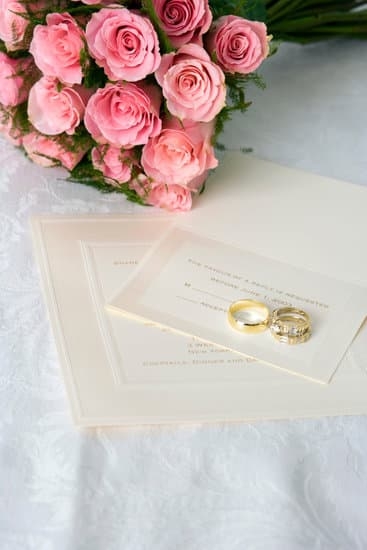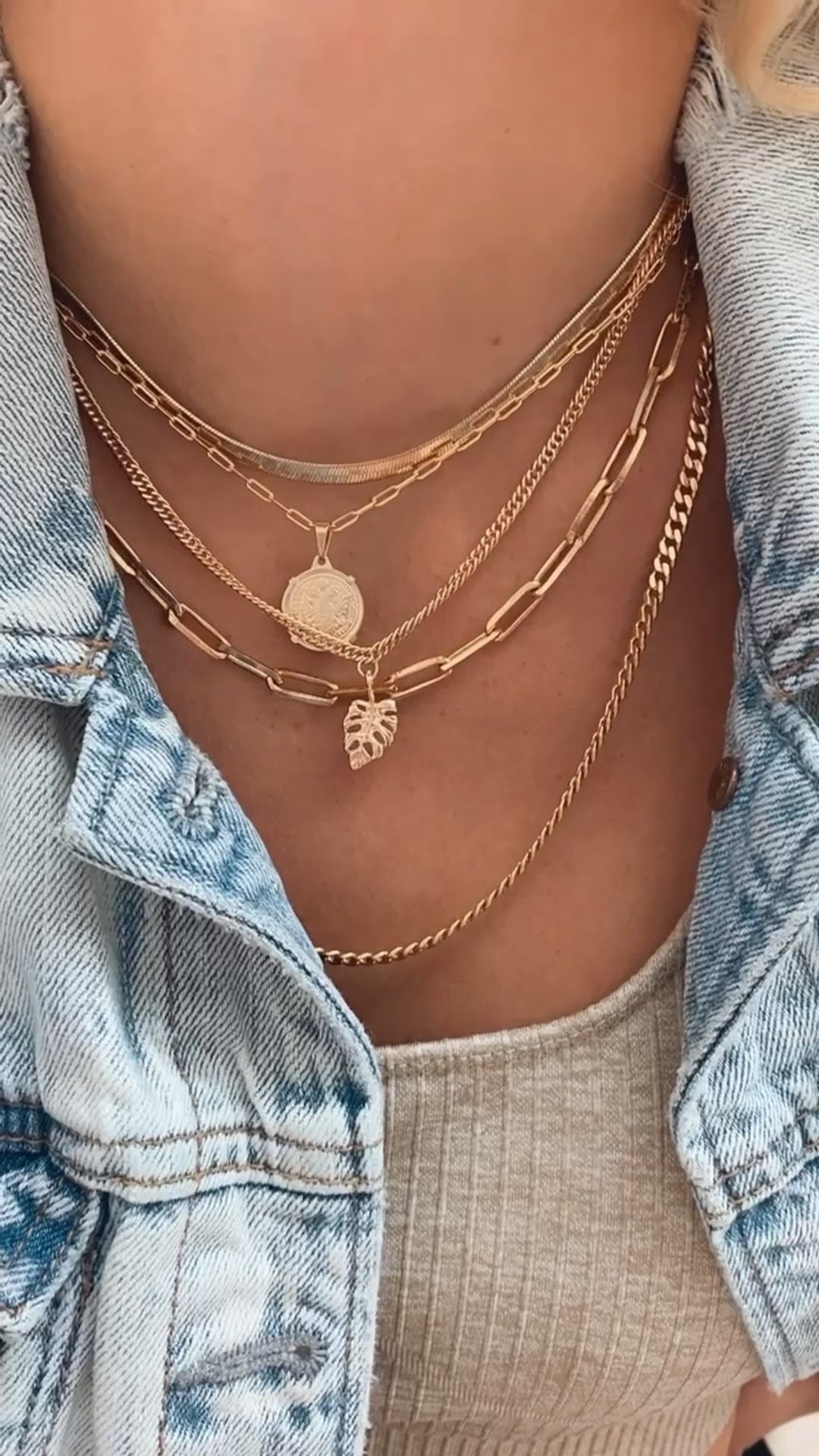The history of Pandora jewelry is a fascinating journey that has seen the brand evolve from its humble beginnings to becoming a global phenomenon. From its roots in Denmark to its worldwide acclaim, the story of Pandora jewelry is one of innovation, creativity, and unparalleled success. This article delves into the rich history of this iconic jewelry brand, exploring its origins, inspirations, and rise to prominence in the industry.
Pandora Jewelry had rather modest beginnings in Copenhagen, Denmark, where its founder embarked on a mission to create affordable yet high-quality jewelry for everyday wear. The brand’s early success can be attributed to its focus on crafting customizable charm bracelets that resonated with consumers looking for personalized pieces that reflected their unique style and personality. As Pandora continued to expand its offerings and reach new markets, it solidified its status as a leading name in the jewelry industry.
As we explore the origins of Pandora Jewelry, we’ll uncover the inspiration behind the brand’s iconic charms and bracelets, as well as how it captured the essence of personalized jewelry through its signature style. Additionally, we’ll take a closer look at Pandora’s remarkable rise to prominence and how it has remained at the forefront of the ever-evolving jewelry landscape.
Through innovative marketing strategies and strategic brand collaborations, Pandora has continued to captivate audiences and make a lasting cultural impact.
The Inspiration Behind Pandora’s Iconic Charms and Bracelets
Pandora’s iconic charms and bracelets have become a staple in the world of personalized jewelry. The inspiration behind these pieces stems from a combination of rich history, cultural influences, and individualized creativity.
The brand’s journey into the creation of its charm bracelets began in 1982 when goldsmith Per Enevoldsen and his wife Winnie established a small jewelry shop in Copenhagen, Denmark. The small family-run business quickly gained popularity for its high-quality craftsmanship and unique designs, laying the foundation for what would later become the global phenomenon known as Pandora.
One of the key inspirations behind Pandora’s iconic charms and bracelets is the concept of storytelling through jewelry. Each charm is intricately designed to represent a specific memory, milestone, or personal meaning for the wearer. This concept was driven by the desire to allow individuals to express their unique personalities and unforgettable moments through their jewelry, making each piece not just an accessory but a treasured keepsake.
The history of Pandora has played a significant role in shaping the brand’s design philosophy, with influences from various cultures around the world. From ancient mythology to modern trends, Pandora draws inspiration from diverse sources to create timeless pieces that resonate with a wide range of wearers. This approach has contributed to the brand’s appeal across different age groups and demographics, solidifying its position as a leading name in personalized jewelry.
Capturing the Essence of Personalized Jewelry
Pandora Jewelry has become synonymous with personalized style, thanks to its iconic charms and bracelets that allow wearers to create a unique and meaningful piece of jewelry. The history of Pandora Jewelry dates back to 1982 when the brand was founded in Copenhagen, Denmark by Per Enevoldsen and his then-wife Winnie. What started as a small family-owned jewelry shop has since grown into a global phenomenon, with over 7,800 points of sale worldwide.
One of the driving forces behind Pandora’s success is its signature style, which is all about self-expression and individuality. The brand’s charm bracelets, in particular, have resonated with customers who appreciate the ability to customize their jewelry to reflect their own personal stories and experiences. Each charm represents a specific sentiment or memory, making it a cherished keepsake for the wearer.
In recent years, Pandora has expanded its range beyond charms and bracelets to include other types of jewelry such as earrings, rings, and necklaces. Despite this diversification, the brand has stayed true to its personalized approach, offering pieces that can be mixed and matched to suit each individual’s style and preferences. As a result, Pandora has solidified its position as a go-to destination for those seeking meaningful and unique jewelry pieces.
Pandora’s Rise to Prominence in the Jewelry Industry
The Birth of a Brand
The history of Pandora jewelry is an inspiring tale of entrepreneurial spirit and creative vision. Founded in 1982 by Per Enevoldsen and his then-wife Winnie Enevoldsen, Pandora started as a small family-owned jewelry shop in Copenhagen, Denmark. The couple traveled to Thailand to source affordable but high-quality jewelry for their store, laying the foundation for what would eventually become a global phenomenon.
From Local Success to Global Expansion
Pandora’s popularity grew steadily in Denmark and soon expanded to other Scandinavian countries. With its unique designs and customizable charm bracelets, the brand gained traction in the international market as well. By the early 2000s, Pandora had established a strong presence in Europe, paving the way for its entry into North America and beyond.
Redefining Jewelry Trends
One of the key factors that contributed to Pandora’s rise in the jewelry industry was its innovative approach to design and personalization. The introduction of the iconic Pandora charm bracelet allowed customers to create unique pieces that reflected their individual style and meaningful moments in their lives. This concept resonated with consumers seeking more personalized jewelry options, setting Pandora apart from traditional jewelry brands.
The Power of Personalization
Pandora’s emphasis on personalization extended beyond just bracelets; it permeated through their entire product line. From rings and necklaces to earrings and charms, each piece offered opportunities for customization, allowing customers to curate their own distinctive collections. This focus on self-expression through jewelry design solidified Pandora’s position as a trailblazer in the industry.
The Evolution of Pandora’s Jewelry Collections Throughout the Years
Pandora’s jewelry collections have undergone a remarkable evolution since the company’s inception. From its early days as a small family-run jewelry shop to becoming a global powerhouse in the industry, Pandora has constantly adapted to changing consumer preferences while staying true to its core vision.
Classic Collection
One of the hallmarks of Pandora’s success has been its ability to reinvent classic designs and make them relevant to modern consumers. The brand’s iconic charm bracelets, which first gained popularity in the early 2000s, have continued to evolve with the introduction of new charm designs and bracelet styles. With an emphasis on personalization and storytelling, these timeless pieces have become cherished keepsakes for many.
Contemporary Collections
In addition to its classic offerings, Pandora has also expanded its portfolio to include contemporary jewelry collections that cater to a younger, more fashion-forward demographic. By experimenting with new materials, colors, and designs, the brand has been able to stay ahead of trends and appeal to a wider audience. From minimalist stackable rings to bold statement earrings, Pandora’s contemporary collections offer something for everyone.
Limited Edition Releases
To keep customers engaged and create a sense of exclusivity, Pandora regularly introduces limited edition collections that are only available for a short period of time. These releases often draw inspiration from current events, pop culture phenomena, or artistic collaborations, allowing the brand to stay relevant and connect with consumers on a deeper level.
As we look back at the history of Pandora jewelry‘s evolution over the years, it is clear that the brand’s ability to adapt and innovate has been instrumental in its enduring success. With each new collection and release, Pandora continues to capture the hearts of jewelry enthusiasts around the world while staying true to its commitment to quality craftsmanship and meaningful design.
Pandora’s Innovative Marketing Strategies and Brand Collaborations
Pandora Jewelry has risen to become a global success story, thanks in part to its innovative marketing strategies and brand collaborations. The company’s humble beginnings can be traced back to its founding in Copenhagen, Denmark in 1982. What started as a small family-owned jewelry shop has now evolved into a household name known for its iconic charms and bracelets.
One of the key factors behind Pandora’s success lies in its ability to capture the essence of personalized jewelry. By offering a wide range of customizable options, Pandora has tapped into the growing trend of consumers seeking unique and individualized pieces that reflect their personal style and meaningful moments. This approach has resonated with customers around the world, cementing Pandora’s signature style as a leader in the personalized jewelry market.
In addition to its commitment to personalization, Pandora has also carved out a niche for itself through strategic brand collaborations. These partnerships have allowed the company to expand its reach and appeal to new audiences. From Disney-themed collections to exclusive designer collaborations, these partnerships have helped Pandora stay relevant and engage with diverse consumer segments. Furthermore, these collaborations have been instrumental in keeping the brand fresh and trendy in an ever-changing fashion landscape.
- Pandora began as a small family-owned jewelry shop
- Pandora is known for its customizable options
- Pandora engages in strategic brand collaborations such as Disney-themed collections and exclusive designer partnerships
The Cultural Impact of Pandora Jewelry
Pandora Jewelry has made a significant impact on the fashion industry, bridging the gap between high-end statement pieces and everyday wearable accessories. With its versatile and customizable designs, Pandora has become a favorite among fashion enthusiasts, influencers, and celebrities alike. From red carpet events to street style looks, Pandora’s jewelry collections have been spotted on some of the most influential fashion runways across the globe.
The brand’s appeal lies in its ability to cater to the individual styles of consumers, allowing them to express their unique personalities through their choice of charms, bracelets, necklaces, and rings. This level of personalization has revolutionized the way people view jewelry as not just an accessory, but as a form of self-expression. As a result, Pandora jewelry has become a staple in everyday wear for men and women from all walks of life.
In addition to its presence in high fashion circles and everyday attire, Pandora Jewelry has also left its mark on popular culture. Celebrities have been seen donning their favorite Pandora pieces on social media and during public appearances. This exposure has further contributed to the brand’s widespread popularity and influence in mainstream fashion. Moreover, Pandora’s collaborations with renowned designers and artists have helped solidify its position as a trendsetter in the jewelry industry.
The Future of Pandora Jewelry
As Pandora Jewelry continues to make its mark on the global jewelry industry, it’s clear that this brand is not just a passing trend, but a lasting and significant player in the market. With an unwavering commitment to innovation, personalization, and quality craftsmanship, Pandora has solidified its position as a top choice for consumers seeking timeless yet contemporary pieces that hold special meaning.
Looking ahead, the future of Pandora Jewelry seems incredibly promising. With a keen eye on emerging trends and an ever-evolving understanding of consumer preferences, the brand is well-positioned to continue captivating audiences with new collections that speak to their individuality and style. As the demand for personalized jewelry continues to rise, Pandora’s ability to adapt and cater to this need will undoubtedly propel the brand even further.
Furthermore, as Pandora continues to enhance its presence in the digital sphere through e-commerce offerings and immersive online experiences, the brand is poised to maintain its relevance in an increasingly digital world. By staying attuned to technological advancements and harnessing the power of social media and digital marketing, Pandora can effectively reach and engage with its diverse customer base across various channels.
The history of Pandora Jewelry is filled with triumphs and successes that have shaped it into the iconic brand it is today, and with a forward-thinking mindset, there’s no doubt that the legacy of this beloved jewelry brand will endure for generations to come.
Frequently Asked Questions
What Is the History Behind Pandora?
The history of Pandora dates back to 1982 when the brand was founded in Copenhagen, Denmark. It began as a small family-owned jewelry shop but eventually grew into an internationally recognized company known for its customizable charm bracelets and intricate designs.
What Is So Special About Pandora Jewelry?
What sets Pandora Jewelry apart is its focus on personalization and storytelling. Each piece is carefully crafted with high-quality materials, allowing customers to create their own unique combinations that reflect their individual style, experiences, and memories.
What Does Pandora Jewelry Symbolize?
Pandora Jewelry symbolizes the important moments, passions, and values in one’s life. Whether it’s a milestone event or a meaningful relationship, the charms, bracelets, and other accessories serve as tangible reminders of what matters most to the wearer. This symbolism has made Pandora a popular choice for sentimental gifts and personal keepsakes.

Welcome to my jewelry blog! My name is Sarah and I am the owner of this blog.
I love making jewelry and sharing my creations with others.
So whether you’re someone who loves wearing jewelry yourself or simply enjoys learning about it, be sure to check out my blog for insightful posts on everything related to this exciting topic!





